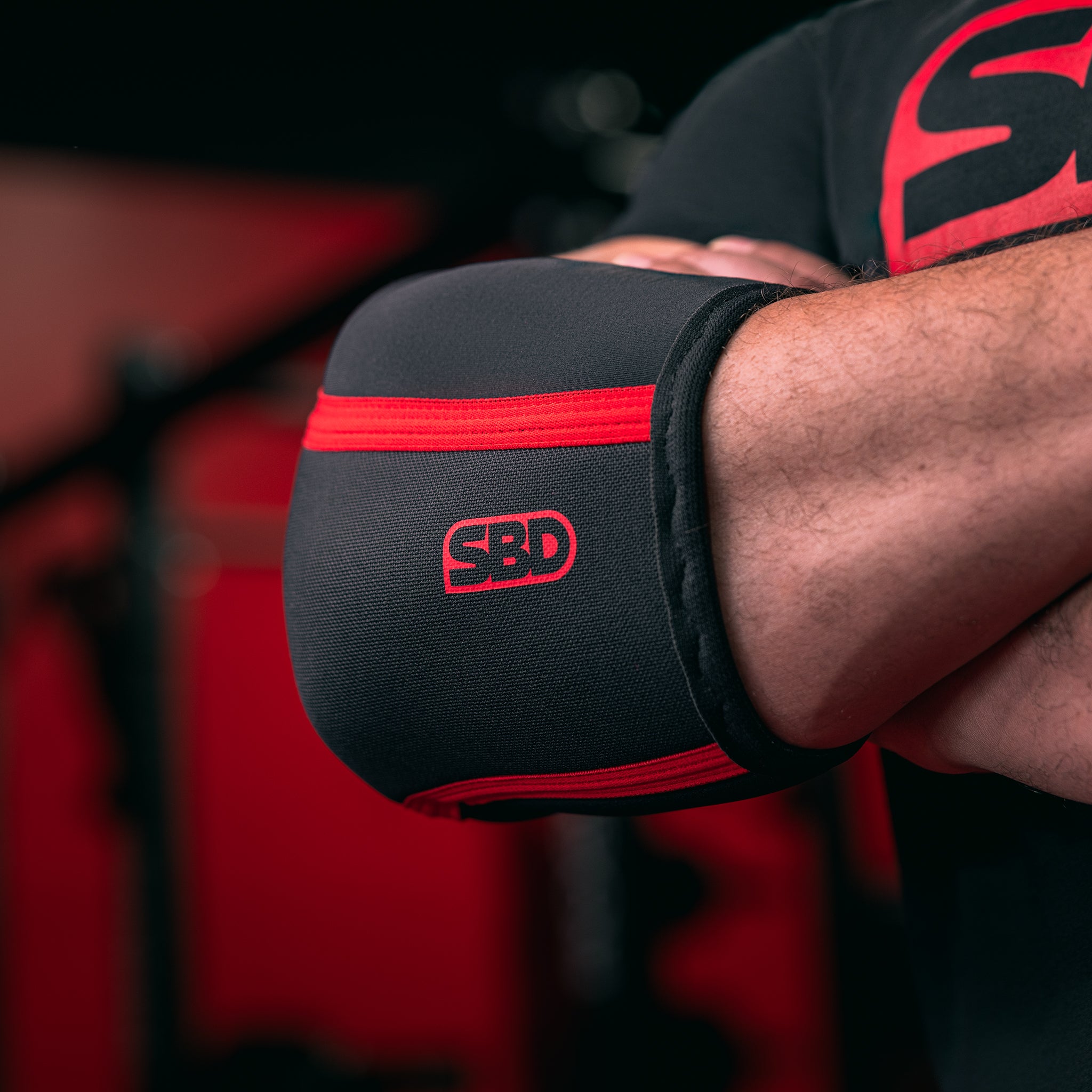Understanding Bench Press Plateaus
What Causes a Bench Press Plateau?
A bench press plateau occurs when you struggle to increase the weight you lift despite consistent training. Common causes include inadequate recovery, improper technique, lack of variation, and insufficient nutrition. Over time, your muscles adapt to the same stimulus, requiring changes to continue progressing.
How to Identify If You’ve Hit a Plateau
You might have hit a plateau if you experience:
-
Stagnant or decreasing strength despite regular training.
-
Increased fatigue without corresponding progress.
-
Repeated failures at the same weight.
-
Lack of motivation due to stalled results.
Assessing Your Current Bench Press Routine
Analysing Your Form
Poor form is one of the biggest culprits behind strength plateaus. Key aspects to evaluate:
-
Elbow position: Ensure your elbows are at a 75-90 degree angle at the bottom.
-
Arch and leg drive: Maintain a stable arch and engage your legs for more power.
-
Grip width: A proper grip ensures maximum force output and reduces strain.
Reviewing Your Training Frequency and Volume
Training too frequently or infrequently can lead to stagnation. Ideal guidelines:
-
Beginners: 2-3 times per week with moderate volume.
-
Intermediate: 3-4 times per week with progressive overload.
-
Advanced: 4+ times per week, incorporating periodization.
Strengthening Supporting Muscle Groups
Importance of Triceps, Shoulders, and Upper Back
Bench pressing isn’t just about chest strength; triceps, shoulders, and the upper back play critical roles. Weakness in these areas can limit your pressing power.
Accessory Exercises for Power Development
Incorporate these exercises to strengthen weak points:
-
Triceps: Close-grip bench press, dips, skull crushers.
-
Shoulders: Overhead press, lateral raises, face pulls.
-
Upper Back: Rows, pull-ups, rear delt flys.
Adjusting Training Variables for Progress
Progressive Overload: The Key to Breaking Plateaus
Gradually increasing weight, reps, or intensity is essential for growth. Strategies include:
-
Increasing weight by 2.5-5% every few weeks.
-
Adding extra sets or reps when possible.
-
Reducing rest time between sets.
Changing Rep Ranges for Maximum Gains
Varying rep schemes can help overcome stagnation:
-
Strength focus: 3-5 reps per set.
-
Hypertrophy: 6-12 reps per set.
-
Endurance and stability: 12+ reps per set.
The Role of Recovery and Nutrition
How Sleep Affects Strength Gains
Poor sleep affects recovery and muscle growth. Aim for:
-
7-9 hours of quality sleep per night.
-
Consistent sleep schedule and proper pre-sleep routine.
Nutrition Strategies to Support Muscle Growth
Fuel your bench press progress with:
-
Protein intake: At least 1.6-2.2g per kg of body weight.
-
Carbohydrates: Essential for energy during heavy lifts.
-
Healthy fats: Aid in hormone production for muscle growth.
Effective Bench Press Variations
Close-Grip Bench Press for Triceps Strength
A closer grip puts more emphasis on the triceps, which are crucial for lockout strength.
Floor Press to Improve Lockout
Limiting the range of motion with a floor press targets sticking points and enhances lockout power.
Implementing Advanced Training Techniques
Tempo Training for Muscle Control
Slow eccentric movements (lowering the bar) increase time under tension and stimulate muscle growth.
The Benefits of Isometric Holds
Pausing at sticking points during the bench press can enhance strength and stability.
Mental Strategies to Overcome Strength Stagnation
Visualisation Techniques for Strength
Imagining yourself successfully lifting heavier weights can improve confidence and performance.
The Role of Confidence in Performance
Approaching the lift with the right mindset reduces hesitation and increases output.
How to Incorporate Deload Weeks
Signs You Need a Deload
Consider a deload if you experience:
-
Chronic soreness.
-
Lack of motivation.
-
Decreased performance despite effort.
Structuring a Proper Deload Week
Reduce intensity and volume by 40-50% while maintaining movement patterns to allow recovery.
The Importance of Mobility and Flexibility
How Shoulder Mobility Affects Bench Press
Restricted shoulder mobility can limit pressing efficiency and increase injury risk.
Best Stretches for Improved Range of Motion
-
Shoulder dislocations with a band.
-
Thoracic spine foam rolling.
-
Chest stretches against a wall.
Common Bench Press Mistakes to Avoid
Overarching Back and Poor Setup
An excessive arch or lack of stability can lead to injury. Maintain a controlled arch and a strong base.
Bouncing the Bar and Other Bad Habits
Avoid using momentum to lift the weight. Focus on controlled reps for better strength development.
Tracking Progress and Making Adjustments
Using a Training Log for Performance Analysis
Keeping a detailed log helps identify trends and weaknesses in your routine.
When to Adjust Your Program
If progress stalls for 3+ weeks, change rep schemes, exercises, or intensity to reignite gains.
FAQs
How long does it take to break through a bench press plateau?
It depends on the cause. With the right adjustments, progress can resume within 4-6 weeks.
Should I bench press more often to see progress?
Not necessarily. Recovery is as crucial as frequency. Adjust volume based on recovery capacity.
What role does grip width play in bench press strength?
A wider grip targets the chest more, while a narrower grip emphasizes the triceps. Experiment to find the best position.
Are resistance bands useful for overcoming plateaus?
Yes, they add variable resistance, making the lockout phase more challenging and strengthening sticking points.
How does cardio impact bench press strength?
Excessive cardio can hinder strength gains if it interferes with recovery. Keep it moderate and focused on overall fitness.
What supplements help with strength gains?
Creatine, beta-alanine, and whey protein are proven to aid strength development.
Conclusion
Key Takeaways
-
Focus on proper form and technique.
-
Incorporate accessory exercises and advanced training techniques.
-
Prioritise recovery, mobility, and nutrition.
-
Track progress and make necessary adjustments.
Next Steps for Your Bench Press Journey
By implementing these strategies, you’ll break through your plateau and continue building strength. Stay consistent, adapt, and watch your bench press numbers rise!


































